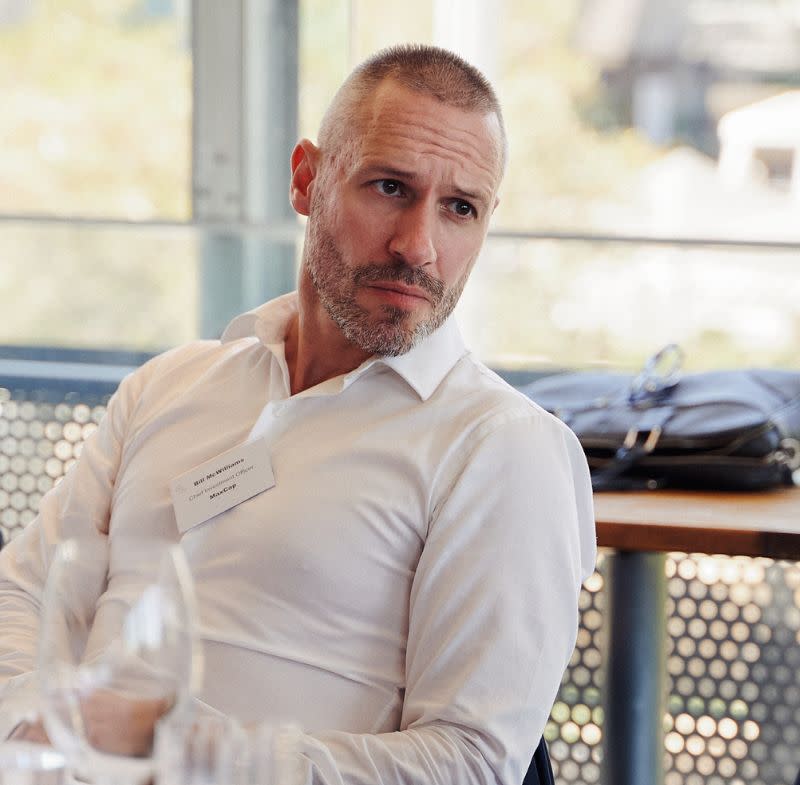A View From the Top: The Challenges of Activation

Developers are facing many different challenges in getting projects off the ground in all sectors of the industry, according to leading Australian investment manager MaxCap Group.
The need to find a builder and begin construction is a key driver to getting investors and financiers to back projects combined with long-term fundamentals or growth potential to support the underlying investment thesis.
Speaking at The Urban Developer roundtable in Melbourne recently, MaxCap’s head of direct investment, Simon Hulett, said that although the investment manager was not at the industry’s coalface, its investment profile spread across debt and equity and it was still wearing all the same risk and challenges of its development partners.
“As an equity partner that is diversified across all major real estate asset classes, we look at it through a little bit of a broader lens,” he said.
“Construction is one part of the risk but it’s not the only part.
“And I think that when we look ahead, our continued focus at a project level is on time, cost and revenues. Those are the three key factors that we need to manage.
“I think the point is that, across every sector, there’s a different challenge to activate new projects,” he said.
“Whether it’s pre-commitments or pre-sales to activate funding, whether it’s valuations to support feasibility underwrites or whether it’s uncertaintly around trading asset values on future exit. There are many challenges but these also present opportunity for an agile group like us. A good example of this has been our recent push into the PBSA sector.

MaxCap’s chief investment officer, Bill McWilliams, said they were doing a lot more due diligence than they’d done in the past.
“And that’s not just upfront due diligence around builder financials, development feasibilities and the actual project itself,” he said.
“We also monitor the progress of the development after financial close, things like how many people are on site at any particular point in time. Are progress claims in line with the original cash flow? If they’re not, why not?
“So it’s a significant step up in the amount of due diligence.”
McWilliams and Hulett were among a handful of industry heavyweights to lend their insights at the property leaders lunch discussion in Melbourne late last month.
McWilliams said the health of the company’s debt book was quite good but “everything was delayed”.
“Programs have been delayed, which creates a little bit of tension between the developer and builder,” he said. “Right now, projects that were probably done under a fixed-price contract two years ago are starting to come to completion.

“They’re all a little bit late and there’s conversations going on everywhere between developer and builder around, what do we do here, we want to work together, but we want everyone to share the pain.”
Hulett said a lot of the challenges around activation came down to funding.
“I feel like the funding markets are evolving,” he said. “We’ve seen, the non-bank space rapidly evolve compared to the bank markets that just continue to operate in a relatively homogenous way.”
Sectors such as build-to-sell residential remained “very challenging”.
Salvo Property partner Colin Mackenzie said there was a whole complexity around making build-to-sell residential stack up
“I mean, you’d have to be under a rock to think that it wasn’t a challenge to make sure that the differential between the selling price and construction price makes it feasible,” he said.
George Abraham suggested that there was a huge opportunity in increasing productivity.
“If we want to be pinpoint accurate about what our challenges are, as an industry we must continue to try and find value,” the managing director of builder-developer Hickory Group said.

“There’s a massive discussion to be had around productivity. What we’re doing in effect is paying about half of the cost of every project in the labour and the human resources that it takes to deliver it.
“The cost of that is going up consistently and at a rate that I would say over time far exceeds inflation.”
Earlier, MaxCap’s head of research, Bruce Wan, warned the industry should not hold great hopes for a dramatic reduction in interest rates.
“It’s great for lenders to charge higher interest rate for borrowers but it has been quite tough and quite brutal to be paying what was the zero interest rate, which has moved to about 4 per cent,” he said.
“That’s going to come back a little bit but that will be slowly, not immediately.”
He said that ordinarily when mortgage rates increased as much as they had, the industry could expect to see housing prices fall by about 10 per cent.
“We didn’t see that at all. We saw prices rise by about 10 per cent, and the reason for that is the massive wave of immigration that we saw over the last couple of years.”
However, he said population growth was about 2 per cent and that was still about 20 per cent off the pace of a decade ago.
“But all together that’s still suggesting a level of housing demand that we’re not keeping up with.”














